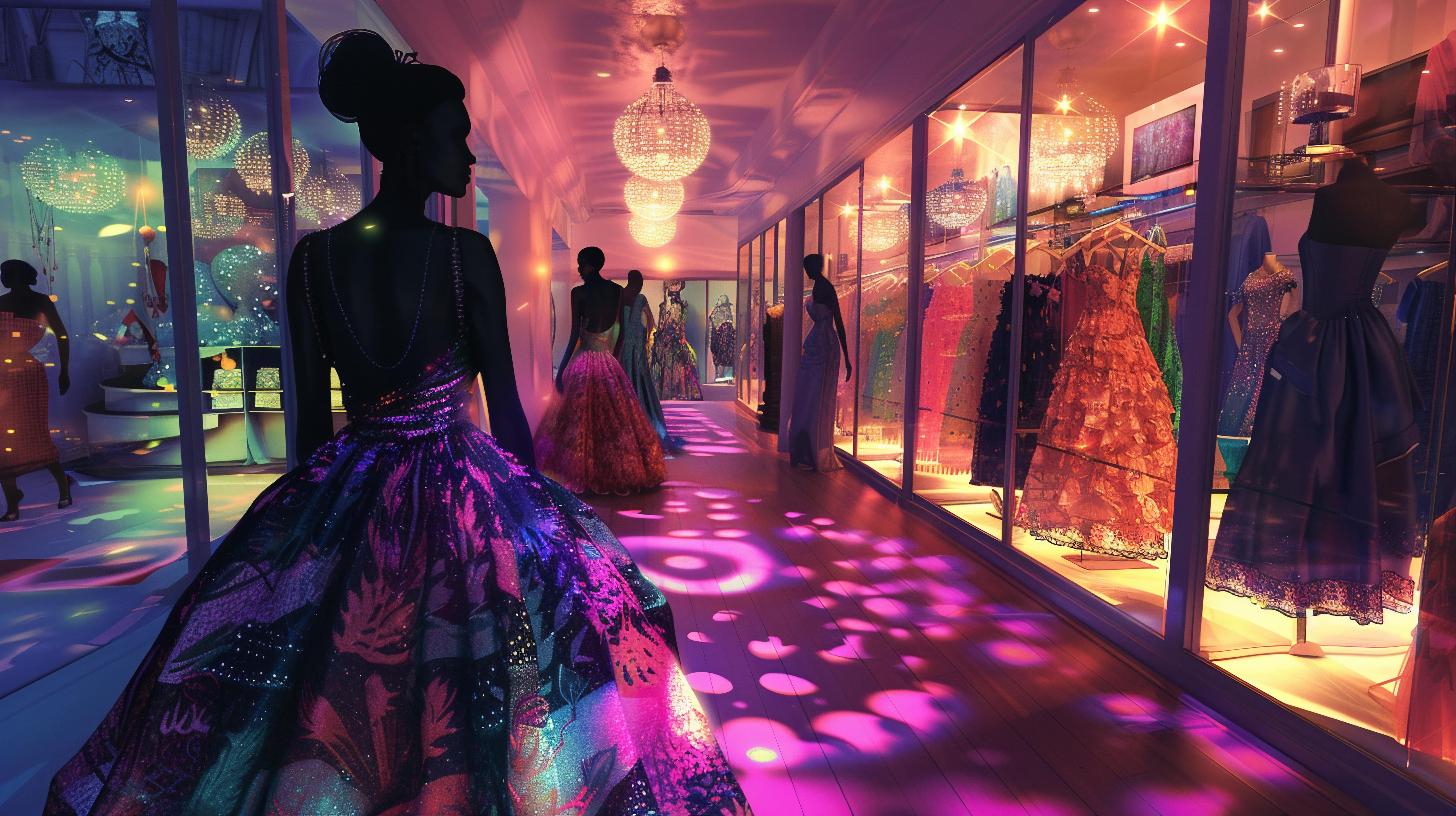info@sadi.co.ke
+254727368241
The fashion industry has always been at the cutting edge of creativity and innovation. Today, AI-generated virtual fashion shows are transforming the way designers showcase collections, reaching audiences around the world without the constraints of physical runways. This fusion of technology and design is redefining the future of fashion presentation.
Artificial intelligence enables designers to:
Create virtual models and avatars that showcase clothing in realistic digital environments.
Generate entire runway experiences without physical constraints such as location, weather, or logistics.
Simulate fabrics and lighting with high fidelity, giving audiences a near-tangible experience.
Personalize experiences for viewers, allowing them to explore collections from multiple angles.
Virtual AI fashion shows provide several advantages over traditional formats:
Global Reach: Audiences from anywhere in the world can attend instantly.
Cost Efficiency: Reduces expenses for venues, models, and travel.
Sustainability: Eliminates waste associated with physical shows.
Creative Freedom: Designers can experiment with fantastical environments and designs impossible in real life.
Key technologies driving this innovation include:
3D Modeling & Animation – Bringing garments and movements to life digitally.
AI Style Generation – Algorithms create unique designs and outfits based on trends.
AR/VR Platforms – Immersive experiences allow viewers to feel like they are on the runway.
Real-Time Rendering – Ensures smooth, interactive shows for global audiences.
Despite its potential, AI-generated fashion shows face hurdles:
Authenticity & Human Touch: Some viewers still crave the energy of live shows.
Technical Barriers: High-quality virtual presentations require robust hardware and software.
Accessibility: Ensuring seamless experiences for viewers with different devices and internet speeds.
AI-generated virtual fashion shows are more than a novelty—they are shaping the future of fashion presentation. By merging creativity, technology, and sustainability, designers can reach global audiences, push creative boundaries, and redefine the runway experience. In 2025 and beyond, the fashion industry is poised to become increasingly digital, immersive, and inclusive.
 September 17, 2025 - BY Admin
September 17, 2025 - BY Admin